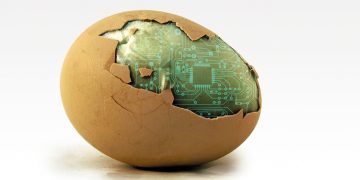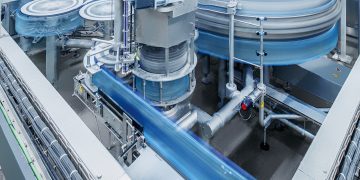Scientists are creating food which will become independent of sunlight by using artificial photosynthesis technology, with only about 1% of the energy found in sunlight ending up in the plant. Photosynthesis has evolved in plants for millions of years to turn water, carbon dioxide, and the energy from sunlight into plant biomass and the foods we eat. Combined with solar panels to generate the electricity to power the electrocatalysis, this hybrid organic-inorganic system could increase the conversion efficiency of sunlight into food, up to 18 times more efficient for some foods.
Electrolysers are devices that use electricity to convert raw materials like carbon dioxide into useful molecules and products. Integrating all the components of the system, the output of the electrolyser was used to support the growth of food-producing organisms. The amount of acetate produced was increased while the amount of salt used was decreased, resulting in the highest levels of acetate ever produced in an electrolyser to date. Experiments showed that a wide range of food-producing organisms can be grown in the dark directly on the acetate-rich electrolyser output, including green algae, yeast, and fungal mycelium that produce mushrooms.
Producing algae with this technology is approximately fourfold more energy-efficient than growing it photosynthetically, where yeast production was about 18-fold more energy-efficient than how it is typically cultivated using sugar extracted from corn.


















